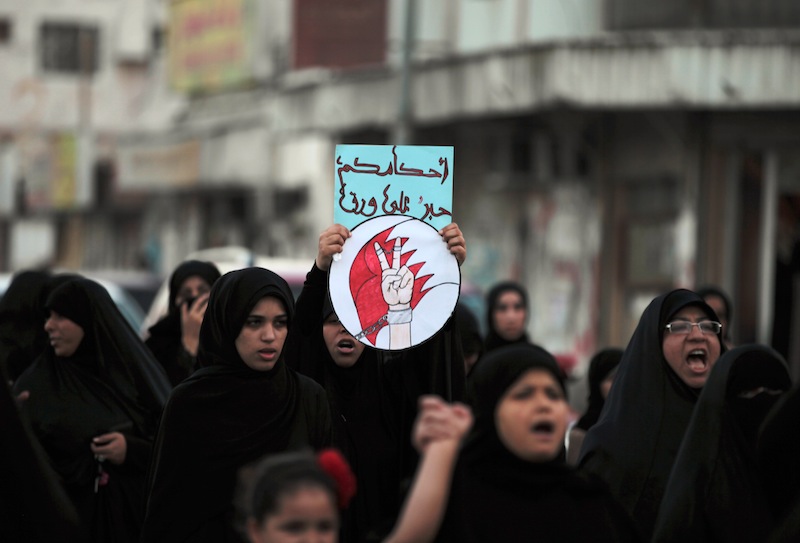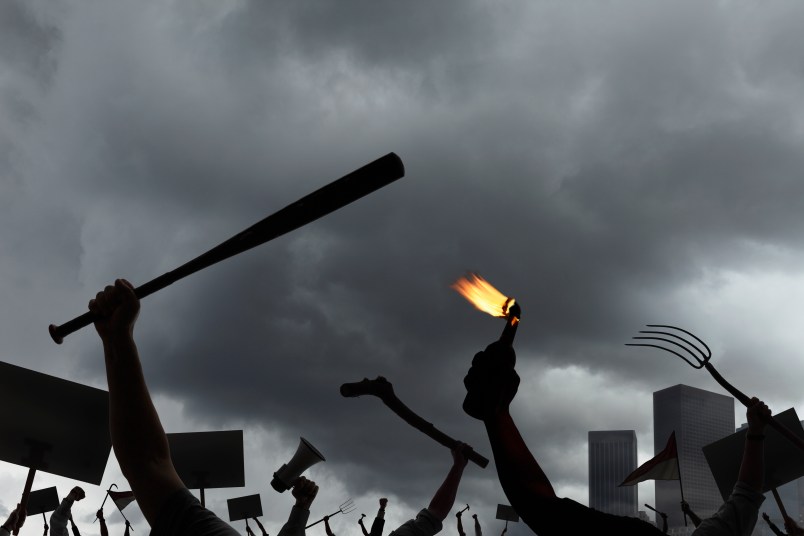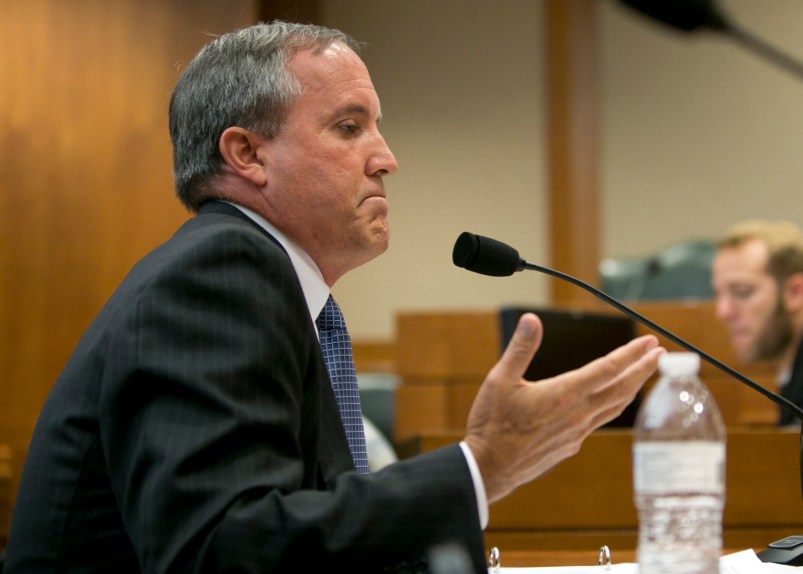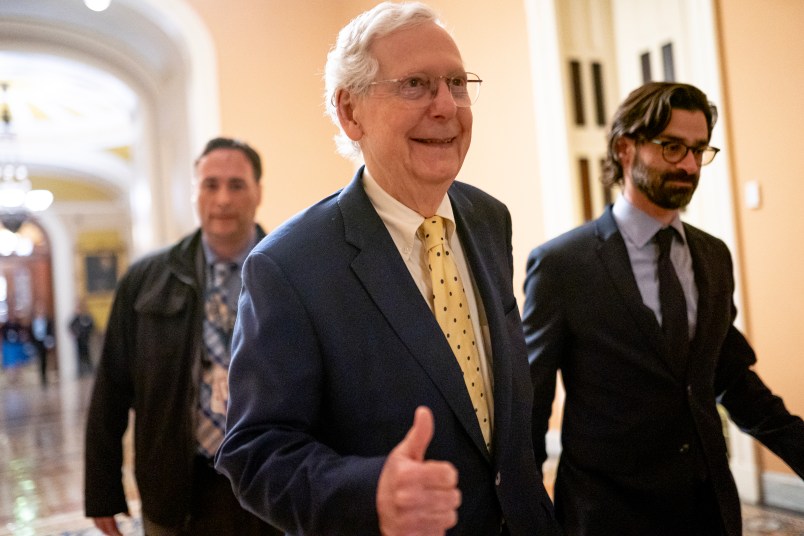Two things ended when Ahmed Ismail Hassan Al Samadi was shot in March, 2012. The first was his life, just 22 years long, punctuated by school, his first job, and a nascent interest in marriage. The second was his YouTube channel, a window into the uprising in Bahrain that has been largely out of public view since it started in February 2011.
Ahmed was a citizen journalist, and he died for his volunteer profession, gunned down one night while filming a protest outside his village. His case typifies how the risks of journalism are increasingly falling to a self-trained cadre of young men and women whose stories–captured on phones and posted on YouTube and Facebook–also happen to be their lives.
Citizen journalists like Ahmed are by now ubiquitous in the mainstream press–so much so that we hardly notice them. Several if not dozens have contributed silently to each news report from Syria. They filmed the videos, wrote the tweets, and posted the photos that international reporters, fearing kidnap or worse, are unable to capture themselves. Amateur reporters underwrite each headline from Egypt; even a substantial crew of Cairo-based foreign journalists can’t be everywhere in a country of 80 million. In Iraq, which the Western media has essentially abandoned, citizen journalists are almost all that’s left.
When interest in Bahrain’s turmoil faded, videos like Ahmed’s were the only documentation of what happened on the island. Thousands had taken to the streets in early 2011 to demand greater freedoms; many drew from a Shiite majority that had long felt marginalized in the Sunni-ruled Kingdom. Security forces dispersed the demonstrations, demolished the monument where they had once gathered, and sent hundreds to jail. But the uprising wasn’t extinguished; it burned slowly, and for the last two and a half years, small village protests have erupted near-daily. Meanwhile, the society itself has split–dangerously polarized between pro-government and opposition camps.
But the shrinking Western press corps often has to chase the big fires. Whether because they were consumed by turmoil elsewhere, denied visas, or short of travel funds, many journalists who cover Bahrain these days turn to a reliable crew of activists and YouTube channels.
Journalists trying to cover these stories from afar have started to come to terms with our dependence on this amateur footage. Newsrooms are learning how to verify, double check, and fact check the work of citizen journalists to a point of confidence. Many reporters cultivate relationships with specific, though at times anonymous, sources on the ground who provide consistently reliable feeds.
But there are bigger questions we have not even begun to grapple with, because we simply haven’t asked them. What responsibility do we bear for what happens to these citizen contributors when we turn away? With none of the protections of a foreign journalist–the press card, the international passport, the budget, the ‘name’–citizen journalists face all the same dangers, and more.
Ahmed Ismail’s case is an extreme, but hardly unique, example. He was the only person shot that night out of a crowd of protesters. Witnesses remembered the bullet hitting with precision, indicating that he may have been specifically targeted for his work as a journalist.
Ahmed was also a part of the story. Bahrain’s future was his future–which is almost certainly how he justified taking the risks he did. An international reporter packs up and goes home, knowing on some level that it’s not his or her battle.
In Bahrain, the citizen-driven media also quickly adopted the same dynamic as the conflict itself. Opposition channels documented violence against civilians by security forces; peaceful marches that swelled the city streets; interviews with the families of victims. Loyalists sought a piece of the action too, posting videos of protesters flinging Molotov cocktails and burning tires to block roads. The citizen media wars were a microcosm of the political wars afoot. Ahmed got caught in the crosshairs.
The conventional wisdom in newsrooms so far is that we, the media, don’t owe these citizen journalists much. No one is asking them to put themselves in harm’s way. No one is asking them to post on YouTube. But here, we fall into a trap similar to relying on freelancers: We won’t encourage them into war zones, but editors likely won’t turn away a freelance story from inside, say, Syria because the reporter can’t afford a flak jacket.
Citizen reporters are our colleagues, whether we acknowledge it or not. We rely on their work to complement our own. Not only that, we increasingly emulate their work. No reporter can file a story without accompanying multimedia, blogs, and photos. Citizens who use these same methods may be working for their own reasons; we shouldn’t be naïve about what they are. But like any colleagues, we should also insist that they are treated with the same respect that any journalists are.
Ahmed died for the story and in the story. Surely in a literary profession, that is poetic injustice.
Dickinson is author of the Kindle Single Who Shot Ahmed? A mystery unravels in Bahrain’s botched Arab Spring.
—
AP Photo/Hasan Jamali









